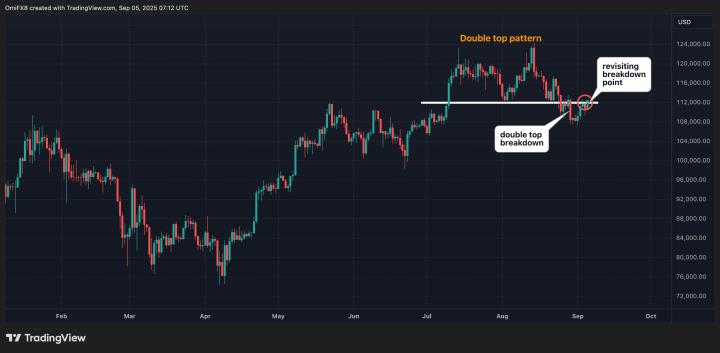IronFish, a privacy coin public chain project led by a16z, completed the Fishash hard fork at 8:01 pm yesterday (2), successfully transitioning to a new era. After the fork, there was also a brief "constipation situation" where block production slowed down. , but according to the FishHash author also explained to the community on Discord, the difficulty has gradually decreased, and it is now close to normal block production.

Mining difficulty drops sharply
According to data from the largest mining pool Herominer, the mining difficulty dropped from 56.26 PH before the fork to only 139 TH after the fork. The difficulty dropped by as much as 99.998%. At the same time, the average block interval also increased from 60 seconds yesterday. It once rose to 209 seconds, but has now dropped to 58.57 seconds, indicating that blocks have been produced normally.

The computing power is also greatly reduced, excluding FPGA
As the algorithm was changed to FishHash, the mining rate of mainstream graphics cards also dropped significantly. Taking the mainstream graphics card RTX 3070 as an example, the original 11.555 Gh/s of Blake3-Iron was reduced to only 38.83 Mh/s after switching to the new algorithm. Compared with the algorithm, the relative number of computing power dropped by 99.996%, while the power consumption soared from about 90W to about 110W.

Although it seems that the graphics card group has not gained greater benefits by changing the algorithm, in fact, according to the miningpoolstats statistics of the computing power of the entire network, the current computing power can be said to be almost exclusively owned by retail investors and graphics card miners. In the past, Iron has been Some "computing power black numbers" (computing power other than mining pools) have been almost completely eliminated today. It is reasonable to speculate that FPGAs, ASICs, etc. with large computing power will not be able to participate in mining in the short term after the hard fork, which is a problem for graphics card miners. Bring competitiveness benefits.

Ethereum’s post-mining FishHash new era
Although graphics card revenue has temporarily increased, IronFish's current market value is still only 40 million U.S. dollars. It is far from enough to become a new "mining leader." Overall, the impact on the graphics card mining pattern is very limited. Miners and investors Investors should continue to pay attention to the public chain and privacy ecology in the future to decide whether the deployment of mining is the best policy.
Currently, graphics cards are still unable to mine as easily as in the Ethereum era. It is more important for miners to plan ahead and bet on the explosive rise of Altcoin is the only way to make a profit.
In addition, KLS, a fork of the well-known mining coin Kaspa, also announced last year that it would follow up IronFish and update the FishHash algorithm. Whether this new algorithm can lead PoW coins to break out of the new decentralized landscape such as ASIC remains to be seen.








